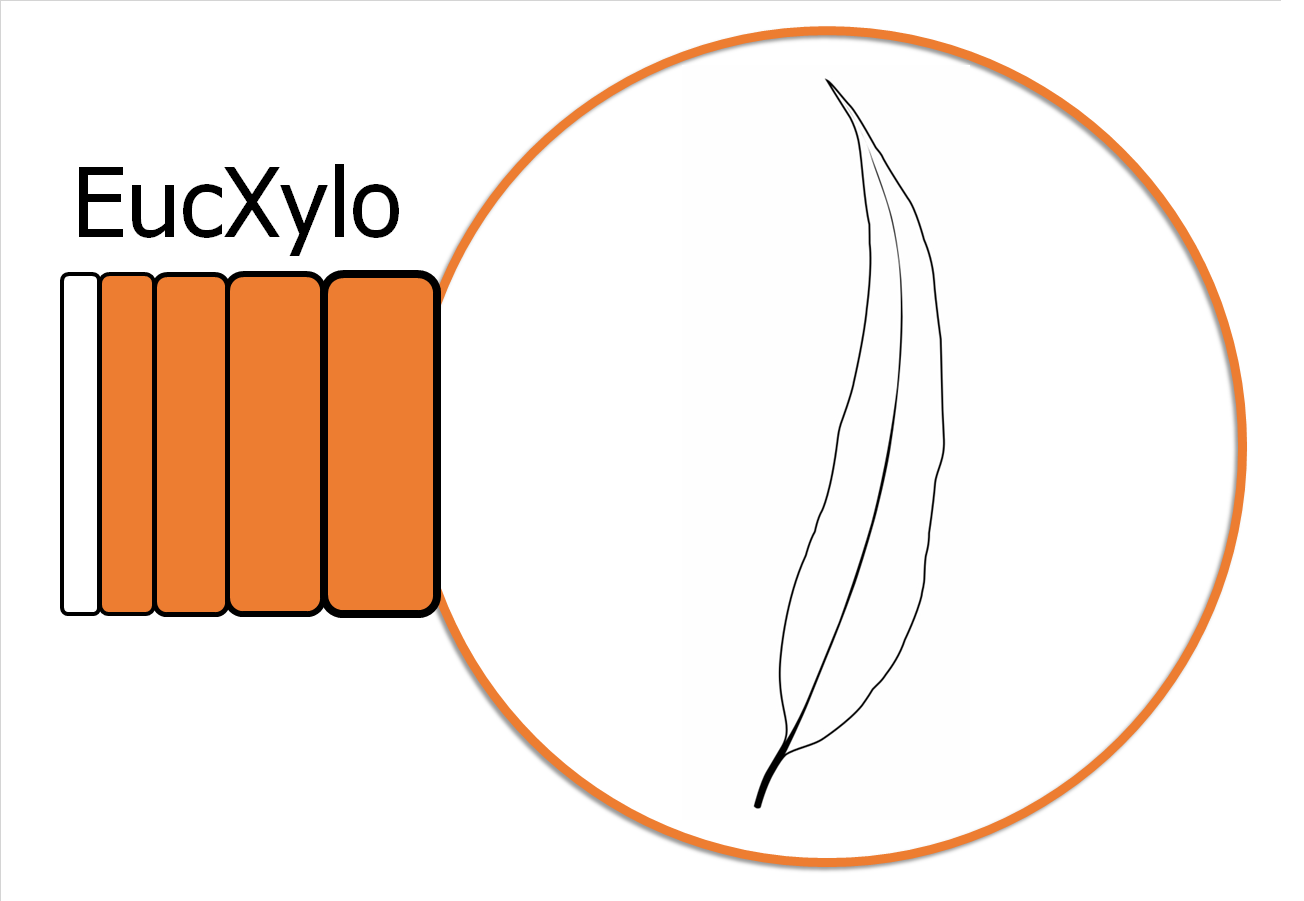
The Hans Merensky Chair in Advanced Modelling of Eucalypt Wood Formation
Understanding xylogenesis in the world's most widely planted hardwood species
[:en]Installation of a scaffolding and vertical mount for solar radiation sensors[:]
[:en]Post authored by Mpilo Khumalo
Before the end of 2021 we installed a sturdy multi-functional scaffolding designed by Jurie Visagie and Leandra Moller (see images below) above the EucXylo Phen-trial trees. The EucXylo Phen-trial is a project carried by our PhD candidate Mr Mpilo Khumalo to observe eco-physiological phenomena as the Eucalyptus grow and form wood.

The first use for this scaffolding was as a platform for the installation of pyranometers (solar radiation sensors in images below) in December 2021. These pyranometers were placed in the middle of the canopy of each tree, on the same side and angle. They measure the amount of sunlight intercepted by each canopy. Some species (e.g., Eucalyptus grandis x nitens) have bushy canopies (which allow minimal light to pass through) while others have open canopies (e.g., E. urophylla), which allow most of the sunlight to pass through. The pyranometers were mounted on a vertical pole so they can be adjusted up as the trees grow.



Other uses for this scaffolding will include mid- and above-canopy measurements and sampling. In the future, we might install equipment (e.g., an infrared gas analyser) above the canopies to measure ecological parameters such as net ecosystem CO2 exchange (NEE), ecosystem respiration, and potential evapotranspiration. This scaffolding is stable enough to be used for years after the conclusion of the EucXylo Phen-trial.
Learn more about Mpilo’s work here.
[:]